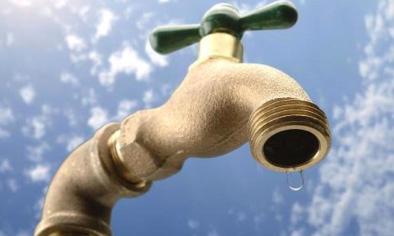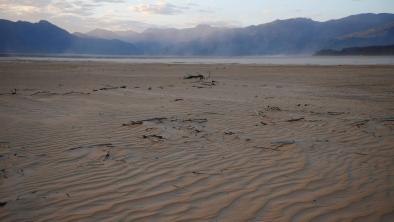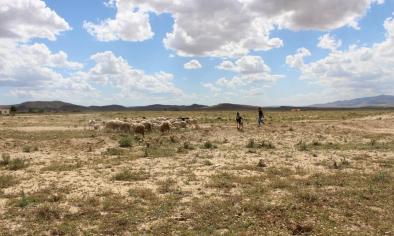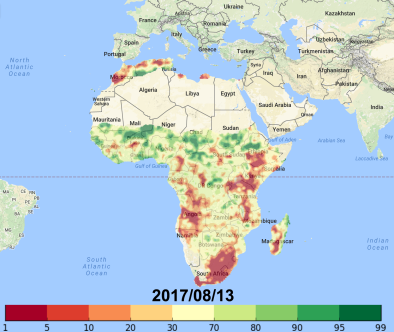Water rationing in South Africa’s second-largest city after multi-year drought
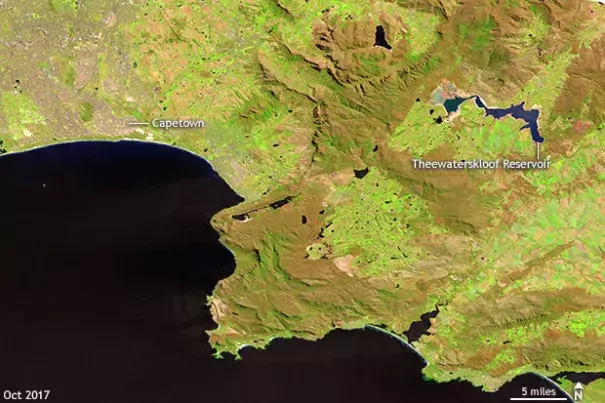
Three consecutive years of below-average rainfall around Cape Town, South Africa (the country’s second most populous city), have caused reservoir levels to drop precariously low in late 2017. The city government has reportedly begun to ration water—the first phase of its water shortage disaster plan—targeting a delivery of about 23 gallons (87 liters) per person per day. (How much water to flush a toilet? See what you can do with 23 gallons of water.)
...
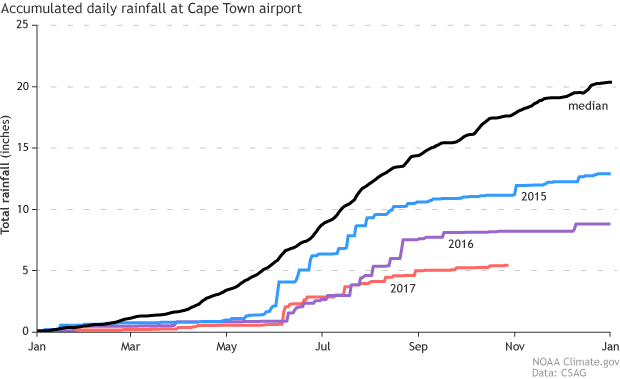
Accumulated daily rainfall totals (inches) at the Cape Town Airport from the South African Weather Service for the past three years: 2015, 2016 and 2017 compared to the median rainfall totals of the years 1977-present. The past three years have seen well-below-average rainfall with 2016 the driest year since 1977. Through the end of October, 2017's rainfall totals are running even drier. NOAA Climate.gov image adapted from an image by the Climate System Analysis Group at the University of Cape Town using data from the South African Weather Service.
...
According to the most recent IPCC report issued in 2014, climate projections do suggest a trend towards drier conditions across southwestern Africa by the end of the century in a warming world. Backing up this assertion is an excellent analysis by scientists at CSAG where they found the risk for drought increasing in the Western Cape. However, there remains a good deal of uncertainty in these projections going forward.
Related Content
